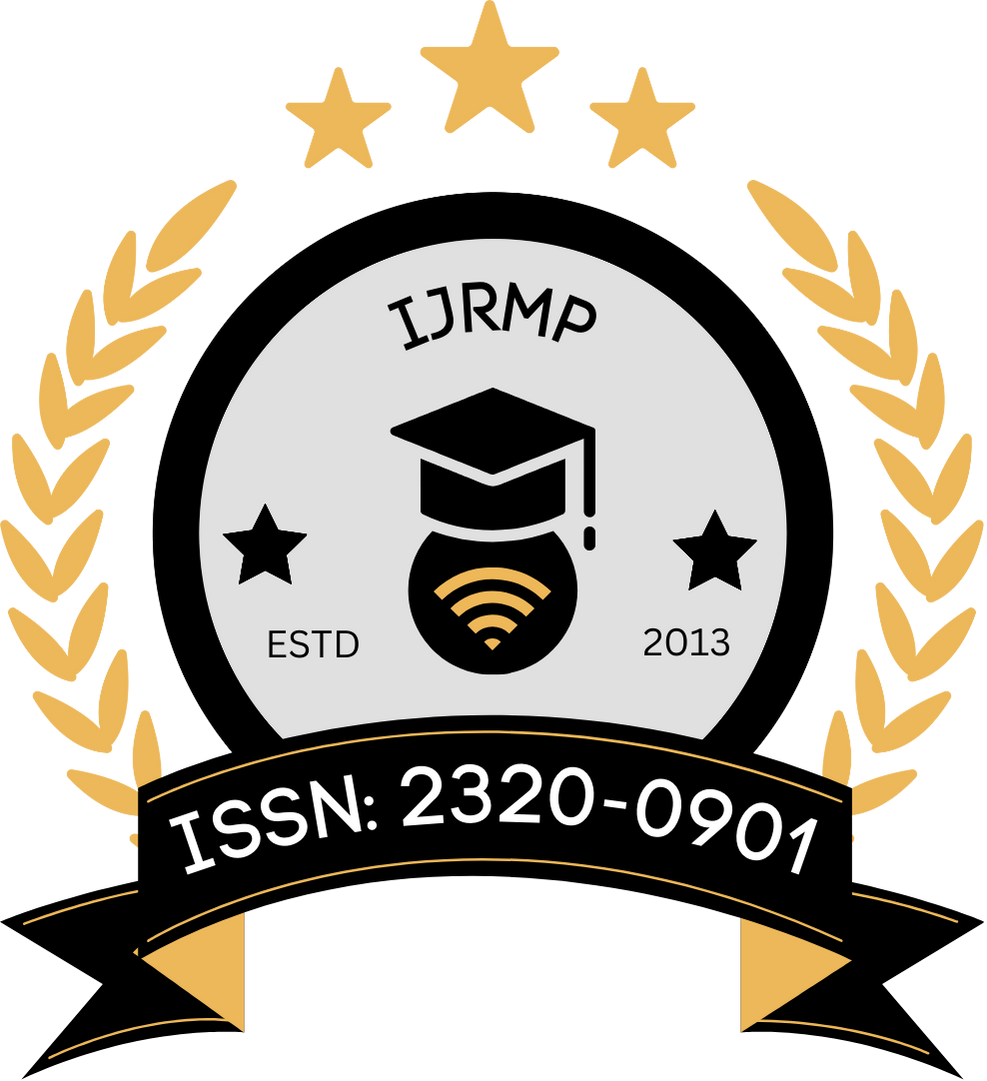![]()
Priya Sinha
Independent Researcher
Delhi, India
Abstract
Artificial Intelligence (AI) has increasingly influenced decision-making across various domains, including healthcare and pharmaceutical pricing. The deployment of AI systems in determining drug prices promises efficiency and optimization of market dynamics. However, this technological intervention introduces significant ethical challenges, particularly in regard to fairness, transparency, access to essential medications, and conflicts of interest. This manuscript explores these ethical challenges within the historical and technological context predating modern developments after 2014. A comprehensive literature review reveals the early foundations of algorithmic decision-making in health economics and AI ethics. The methodology section outlines a framework to evaluate ethical considerations in early AI-driven drug pricing systems using qualitative and policy analysis. Findings indicate a pressing concern over data opacity, lack of stakeholder inclusion, and unequal pricing models. The paper concludes with recommendations to ensure that AI integration into pharmaceutical economics aligns with moral imperatives of justice and accessibility.
Keywords
Artificial Intelligence, Drug Pricing, Healthcare Ethics, Transparency, Algorithmic Bias, Pharmaceutical Policy
References
- Beauchamp, T. L., & Childress, J. F. (2001). Principles of biomedical ethics (5th ed.). Oxford University Press.
- Buchanan, B. G., & Shortliffe, E. H. (1984). Rule-based expert systems: The MYCIN experiments of the Stanford Heuristic Programming Project. Addison-Wesley.
- Daniels, N. (2000). Accountability for reasonableness in private and public health insurance. Harvard Health Policy Review, 2(1), 17–23.
- Drummond, M., Sculpher, M., Torrance, G., O’Brien, B., & Stoddart, G. (2005). Methods for the economic evaluation of health care programmes (3rd ed.). Oxford University Press.
- Ekeland, A. G., Bowes, A., & Flottorp, S. (2010). Effectiveness of telemedicine: A systematic review of reviews. International Journal of Medical Informatics, 79(11), 736–771.
- Floridi, L., & Sanders, J. W. (2004). On the morality of artificial agents. Minds and Machines, 14(3), 349–379.
- Friedman, C. P., & Wyatt, J. C. (2006). Evaluation methods in biomedical informatics (2nd ed.). Springer.
- Gorry, G. A., & Barnett, G. O. (1968). Experience with a model of sequential diagnosis. Computers and Biomedical Research, 1(5), 490–507.
- McCartney, M. (2008). What use is a NICE guideline if you don’t understand it? BMJ, 337, a835. https://doi.org/10.1136/bmj.a835
- Mittelstadt, B. D., & Floridi, L. (2014). The ethics of big data: Current and foreseeable issues in biomedical contexts. Science and Engineering Ethics, 22(2), 303–341.
- Peleg, M., Tu, S., Bury, J., Ciccarese, P., Fox, J., Greenes, R. A., … & Shortliffe, E. H. (2001). Comparing computer-interpretable guideline models: A case-study approach. Journal of the American Medical Informatics Association, 8(5), 433–444.
- Rodwin, M. A. (2001). The health care system under French national health insurance: Lessons for health reform in the United States. American Journal of Public Health, 91(12), 1827–1831.
